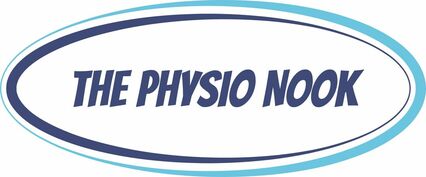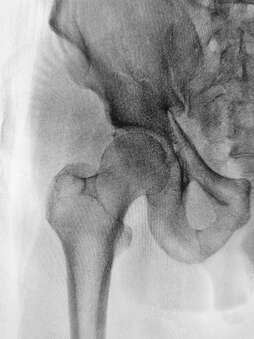|
Osteoporosis is a widespread condition characterized by low bone mass or density. It is primarily a metabolic disorder related to age and general health with a variety of risk factors and causes. The most common and well known consequence of osteoporosis is weakened bones that can break from small forces that would usually be harmless. In osteoporosis, both the matrix of the bone (similar to scaffolding) and the density of the bone are affected. While bone seems like a static part of our body, it is continuously laid down and removed by our bodies. In osteoporosis, there is an imbalance between the growth and reduction in the bone so it becomes progressively weaker. As such, it is a progressive disorder that worsens with age. While the disease process might begin much earlier, symptoms are usually only noticed over the age of 50. What are the signs and symptoms?
Often called a silent disease, many people with osteoporosis will have no idea that they have it, as there are no visible symptoms. Sometimes the first sign that an individual has osteoporosis is when the first bone breaks. Unfortunately, these bones are also slower to heal than healthy bones which can lead to ongoing complications. Broken bones are not the only symptom of osteoporosis, as bones lose density and strength they can also become compressed and develop wedge fractures under the weight of the body. When the spine is affected by osteoporosis, people may develop a hunched or stooped posture, which can itself lead to respiratory issues and place pressure on the internal organs. Osteoporosis can severely impact a person's mobility and independence, which can have a distressing impact on their overall quality of life. What causes it? As a metabolic disorder, osteoporosis can be caused by any process that interferes with the body's ability to maintain bone density. This includes gastrointestinal conditions that prevent adequate absorption of calcium (which is required for bone growth); lack of dietary calcium or low levels of vitamin D, which are essential for the absorption of calcium. Some medications can contribute to bone loss as an unfortunate side effect, especially if they are taken for a long time or in high doses. An example is the long-term use of steroids which can be prescribed to reduce inflammation. Inactivity can also predispose a person to osteoporosis as bones respond to force and weight bearing by building more bone. Having a sedentary lifestyle or choosing activities with low levels of impact can mean that without the weight bearing stimulus to make bone, bones are less dense over time. Osteoporosis can occur in elite cyclists and swimmers, who are more likely to develop the condition if they don't include weight-bearing activities such as jogging in their training program. How can physiotherapy help? Physiotherapy can help you to improve your overall bone health, and avoid or recover from fractures. Physiotherapy exercises can direct you to safely increase your weight-bearing, which can help build bone mass. Balance training is also an important factor as this can reduce your risk of falls. Your physiotherapist can also help you to adjust your lifestyle, at home or at work, to protect your bones and improve your posture, all of which are helpful in the overall management of osteoporosis.
0 Comments
Your comment will be posted after it is approved.
Leave a Reply. |
Categories
All
|


